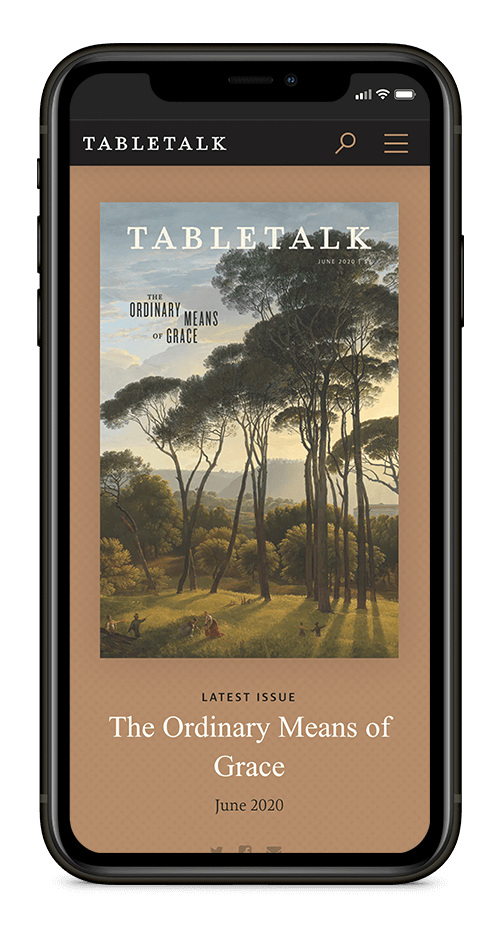
Request your free, three-month trial to Tabletalk magazine. You’ll receive the print issue monthly and gain immediate digital access to decades of archives. This trial is risk-free. No credit card required.
Try Tabletalk NowAlready receive Tabletalk magazine every month?
Verify your email address to gain unlimited access.
Acts 5:12–16
“More than ever believers were added to the Lord, multitudes of both men and women, so that they even carried out the sick into the streets and laid them on cots and mats, that as Peter came by at least his shadow might fall on some of them” (vv. 14–15).
The growth of the church in the weeks after the Holy Spirit came at Pentecost was so rapid that Luke found it necessary to pause his narrative at certain points to summarize the Christian community’s expansion (e.g., Acts 2:42–47; 4:32–37). In today’s passage, Luke provides another summary of the church’s growth, giving us more insight into the practices of the earliest Christians.
First, we see that the Apostles continued to gather in Solomon’s Portico in the temple courts to preach the gospel to the Jewish worshipers. Luke almost certainly means the Apostles when he says in Acts 5:12 that “they were all together” in the portico, for he specifically mentions the Apostles’ doing signs and wonders among the people. Thus, when Luke says, “None of the rest dared join them,” he probably means Christians who were not Apostles (v. 13). Apparently, the existing believers were afraid to accompany Peter, John, and the other Apostles when they ministered in the temple, perhaps because they had seen the way that the Jewish authorities had pursued legal action against Peter and John (4:1–21).
The work of the Apostles and the miracles they performed attracted so much attention that people came to the Apostles in the temple courts to be healed. Some individuals even carried the sick into the streets so that Peter’s shadow might fall on them and heal them (5:15). This statement has been used by some to justify the veneration of relics, in the belief that indirect contact with an Apostle or other holy person through his bones or possessions can convey healing power. Such practices are not justified by the text. Not everything given in a historical narrative is an example to be followed, and the Apostolic era was a unique time in church history when unusual things happened to confirm the gospel. John Calvin comments, “We must not by and by think that that is right which Luke saith was done by ignorant men, and those which knew not the pure faith.” Furthermore, “the apostles were endued with such power for this cause, because they were ministers of the gospel. Therefore they used this gift, inasmuch as it served to further the credit of the gospel; yea, God did no less show forth his power in their shadow than in their mouth.”
Luke tells us that the Apostolic ministry of preaching and miracles had great effect: “More than ever believers were added to the Lord” (Acts 5:14). God was expanding His church rapidly in Jerusalem.
Coram Deo Living before the face of God
In the post-Apostolic era, the church does not have the same capacity to do miracles that the Apostles had. Nevertheless, we do believe that God continues to answer prayer and brings healing to individuals according to His sovereign will. In our ministry of preaching the gospel to the nations, we should not be afraid to pray for people and ask Jesus to extend His healing touch to them.
For further study
- 1 Kings 17:8–24
- Psalm 107:17–22
- Acts 19:11–12
- James 5:13–18
The bible in a year
- Numbers 8–10
- Mark 5:21–43